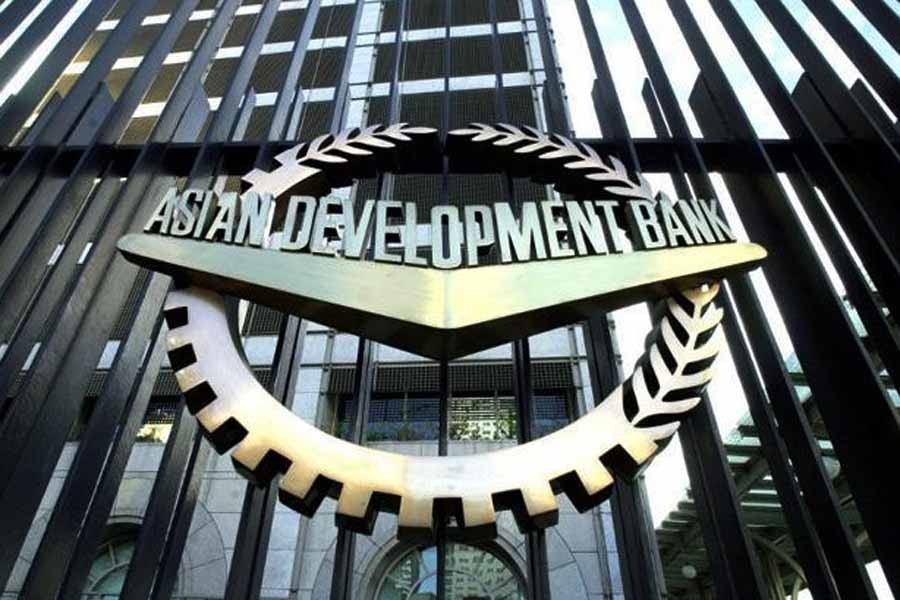Bangladesh is receiving a US$143-million loan from the Asian Development Bank (ADB) for accelerating economic growth through improving efficiency, predictability, and security of cross-border trade.
The board of the Manila-based lender Thursday approved the fund for facilitating sub-regional economic cooperation, the ADB said in a statement.
Out of the aid, the Asian financier sanctions a $90 million worth of policy-based loan to support reforms in areas including bringing the country's customs legal frameworks in compliance with international standards, improving cargo-clearance processes, and strengthening the capacity of the National Board of Revenue (NBR) and the Commerce Ministry.
To complement the policy reforms, a $53-million project loan is given to construct integrated land customs stations and land ports of the NBR and the Bangladesh Land Port Authority (BLPA) at Akhaura, Sonamasjid, and Tamabil border-crossing points (BCPs).
Facilities and equipment for customs clearance and cargo-transshipment operations will also be installed.
Bangladesh has been carrying out trade-facilitation strategies to enhance export diversification and competitiveness by improving the quality of exports, signing bilateral trade and investment cooperation agreements, and promoting trade through better coordination among border agencies and private stakeholders.
"ADB's assistance supports the government's goal of accelerating economic growth through industrialization and trade," says ADB Principal Economist Tadateru Hayashi.
"The program will help diversify the country's export products and destinations. Improved connectivity will facilitate sub-regional trade and commerce among the South Asia Sub-regional Economic Cooperation countries."
Besides, the ADB is providing a $1.5 million technical-assistance grant to support the modernization of the customs legal framework and coordination among the border agencies, prepare an operationalization plan of central customs facilities, strengthen NBR's capacity to implement modernized customs operations at BCPs, and build the project-implementation capacity of the NBR and the BLPA.


